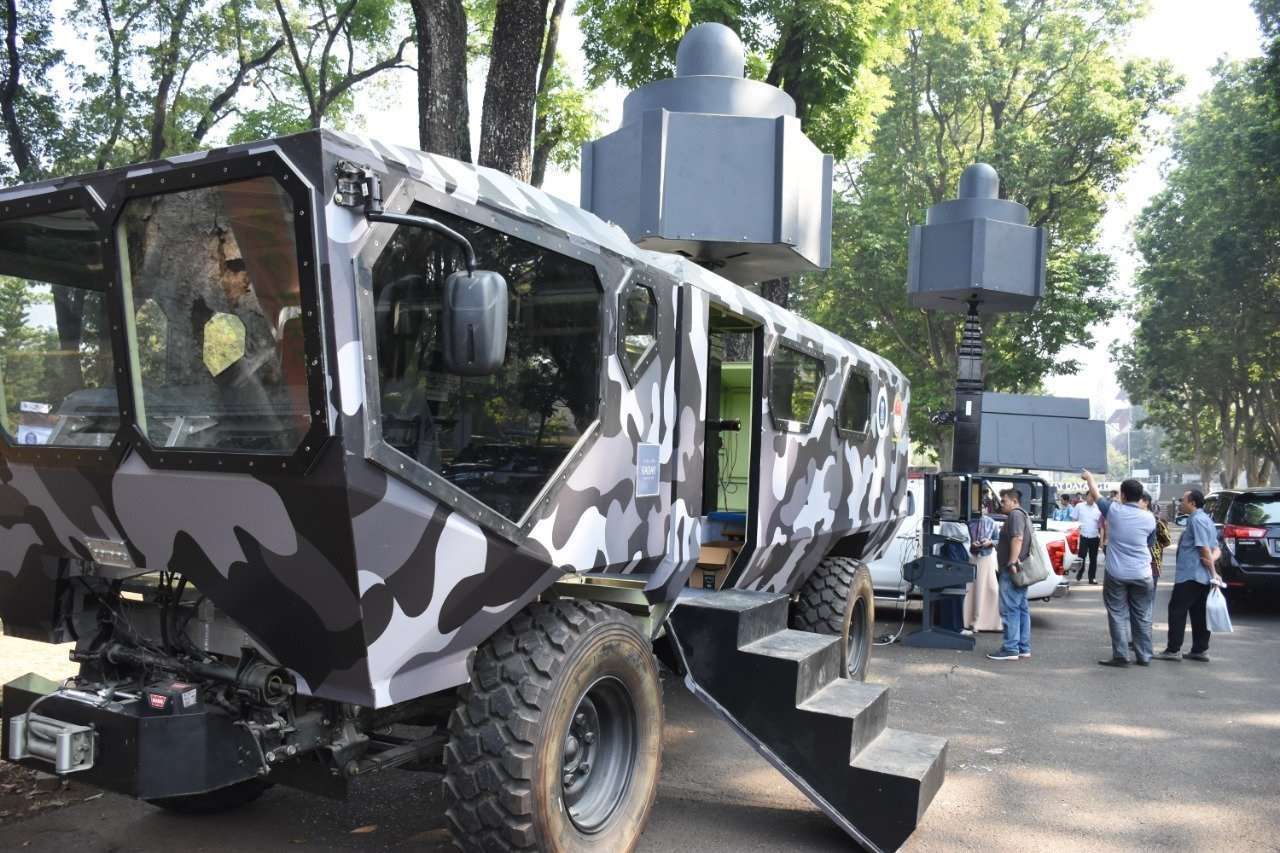Telecommunication Engineering Research Group Develops Aircraft Detection Passive Radar Technology
BANDUNG, itb.ac.id – As a technology-minded campus, the Bandung Institute of Technology continues to strive to produce new technologies that are in line with current needs. One of the technologies that has recently been developed and is also present for the first time in Indonesia is passive radar technology for detecting aircraft.
This passive radar technology is the work of the Telecommunications Engineering Expertise Group (KK) at the School of Electrical and Informatics Engineering ITB (STEI ITB) in collaboration with PT. LAPI ITB and Balitbang of the Indonesian Ministry of Defense. This research was led by Dr. Joko Suryana, ST., MT. with the aim of detecting any foreign aircraft illegally crossing national borders.
In connection with this, the radar design is made with a transportable concept so that it can be brought to remote areas without the need for additional transport cars. Currently, the system is still in the development stage and has not been commercialized, but will be tested together with the National Air Defense Command (Kohanudnas).

* Photo: Adi Permana / PR ITB
Radar itself stands for Radio Detection and Ranging which is divided into two types, namely active radar and passive radar. The difference between the two radars lies in the way of detecting targets, where the active radar can emit its own signal, while the passive radar only acts as a signal receiver.
The time needed to create an aircraft detection radar system like this is of course not short. When interviewed by ITB Public Relations Reporter, Ahmad Izzuddin, one of the representatives from the radar technology development team explained that the process of making this system was started from 2017 to 2020. The plan is that at the end of 2019 there will be a demonstration of the function of the passive radar system that has been developed. The total time for four years is used for system testing and if it is running perfectly, in 2020 the radar can be used.
“The difficulty may be with some COTS equipment that must be purchased from abroad because they are not yet available in Indonesia. Then these tools still have to be developed again at ITB because if you buy directly ready to use the price is very expensive, “said Izzudin who is a lecturer at the School of Electrical Engineering and Informatics (STEI) ITB.
On the other hand, he added, there are parts that the team can develop on their own, such as antennas. The team in the process of making a passive radar does not buy the antenna directly, but of course it requires design and test stages to test its capabilities. “Maybe that is one of the factors why the time needed to develop this system is quite long,” he said.
However, according to Izzuddin, it should actually motivate students to continue working. “In my opinion, seeing a situation like this should be able to trigger students and academics in Indonesia to continue working until they don’t need to buy equipment from abroad. All devices can be found in Indonesia and are originally made in Indonesia, ”concluded Izzuddin.

